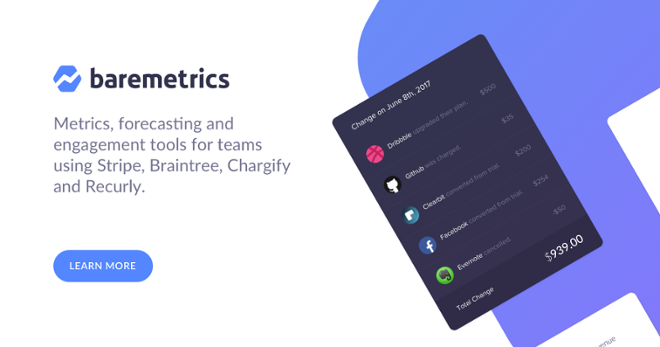In The Lean Startup Eric Ries identified the three drivers of business growth: viral, sticky and paid. While each of these can drive growth for your company, it’s important to choose the most relevant one for your service offering and business strategy.
Today I’m looking at the three engines of growth, and how you can harness these for your SaaS product.
1) Viral
Viral refers to growth achieved through user referrals (something measured by a viral coefficient). Effectively you’re asking: when a customer joins our service, how many other people do they bring with them?
"Products that exhibit viral growth depend on person-to-person transmission as a necessary consequence of normal product use."
For virality to function as your main growth engine, you’ll need to have a viral coefficient of >1 - that is, for every one customer you acquire, they successfully refer more than one other person to your service.
If your viral coefficient is 1.1, that means that for every 10 customers that join your service, they bring 11 friends. And those 11 customers will bring 12, and so on. Every group will be bigger than the group before it, resulting in compounding user growth. Even if you had a relatively high churn rate, through sheer weight of numbers this should result in revenue growth for your company, too.
2) Sticky
This refers to growth achieved through customer retention. If you’ve got very low churn rates then every additional customer has a compounding impact, amplifying customer growth. In simple terms:
"If the rate of new customer acquisition exceeds the churn rate the product will grow."
When you’ve got a very low churn rate, you need to attract fewer new customers in order to achieve growth.
The key to this is that you’re looking to retain customers for the long-term, measuring your average customer lifecycle in years rather than weeks or months. This means positioning your service as their must-have, and something they can’t do without.
3) Paid
Paid refers to the growth achieved through the combination of low customer acquisition costs (CAC) and high customer lifetime values (LTV), and is the customer acquisition method most people will be familiar with. It means acquiring customers through paid channels: advertising or PPC campaigns, for example.
The key here is that you need to be making a profit: if you’re spending £10 to acquire a customer, you need to be making enough over that customer’s lifetime to cover the £10 acquisition cost, your overheads, and have a bit left over.
This leftover fraction of the customer’s lifetime value can then be reinvested into paid acquisition channels to attract new customers. The low CAC combined with high LTV makes it possible to profitably generate growth through paid channels.
Play to Your Strengths
No company will achieve sustainable growth from just one of these engines in isolation. But to achieve the best results for your business, it’s vital that you identify the most relevant driver of growth for your service, and shape your SaaS marketing strategy accordingly.
The most relevant engine of growth for your SaaS product may change over time as your company grows and your product reaches a larger audience.
But particularly in the early stages, if you tried to split your energy between all three growth engines equally, you’ll end up being a “jack of all trades and master of none”. Focusing on one growth engine will provide clear, measurable insights as to what, specifically, is working well at driving revenue growth, and what isn’t.
In contrast, if you were trying to grow your service virally, make it sticky, and pay to acquire customers, it would be difficult to accurately measure and attribute your growth successes and know where to double-down your efforts in the future.




